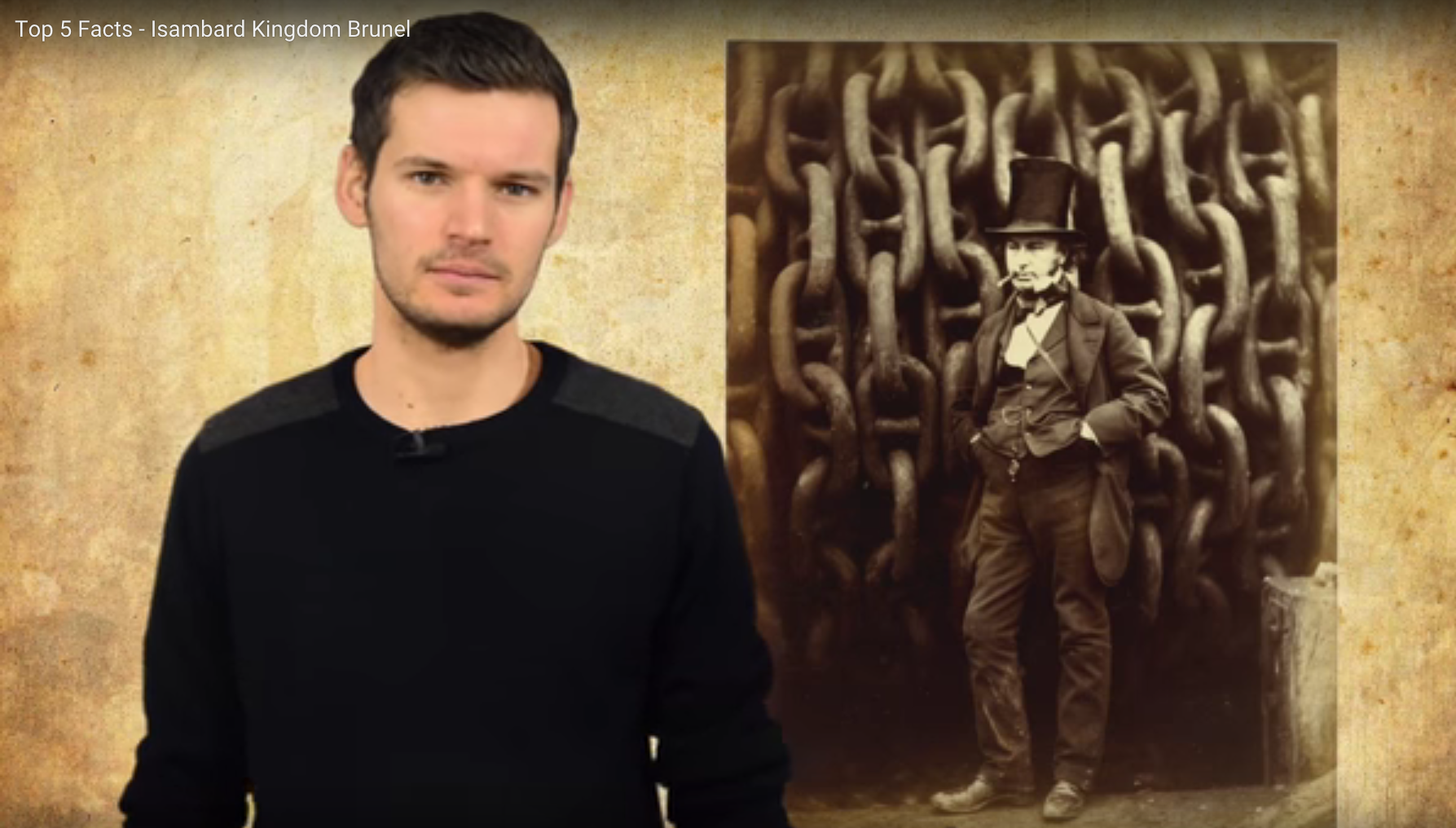A true genius of construction and technology, here’s the Top 5 Facts on Britain’s Iron Man, Isambard Kingdom Brunel.
1. His career nearly ended before it began
After completing his studies in France, Brunel’s first project was the construction of the underwater Thames Tunnel, which began in 1825 before finally being opened in 1843. Brunel was put in charge of operations, and quickly distinguished himself, although he narrowly avoided drowning after part of the tunnel flooded in 1828.
2. His first major project was also his last
Brunel’s first major commission was for a bridge spanning the Avon Gorge in Bristol, which he gained after winning a competition judged by architect Thomas Telford. Construction on what would become the Clifton Suspension Bridge began in 1831, though it wouldn’t be complete until 1864 – five years after Brunel’s death.
3. Brunel put the Great in the Great Western Railway
After being appointed Chief Engineer of the Great Western Railway in 1833, Brunel spearheaded the design of numerous structures that for the most part have endured and remain prominent to this day, including the Wharncliffe and Chippenham viaducts, the Maidenhead Railway Bridge, the Box Tunnel and Bristol Temple Meads station.
4. He built the first transatlantic steamship
Brunel was responsible for the design of the SS Great Western, the world’s first steamship purpose-built to complete transatlantic voyages. He also redesigned and constructed a number of the UK’s most important and influential docks, such as Cardiff, Bristol and Milford Haven. We really do owe him a lot, don’t we?
5. It was a family-wide passion
A passion for architecture ran in the family – he worked with his father Marc during the construction of the Thames Tunnel, and his son Henry Marc later became a civil engineer, working on the design of the Blackfriars Railway Bridge and the SS Chauncy Maples. Like father like son!
For more on the world’s greatest engineers, pick up the new issue of All About History or subscribe now and save 25% off the cover price.
